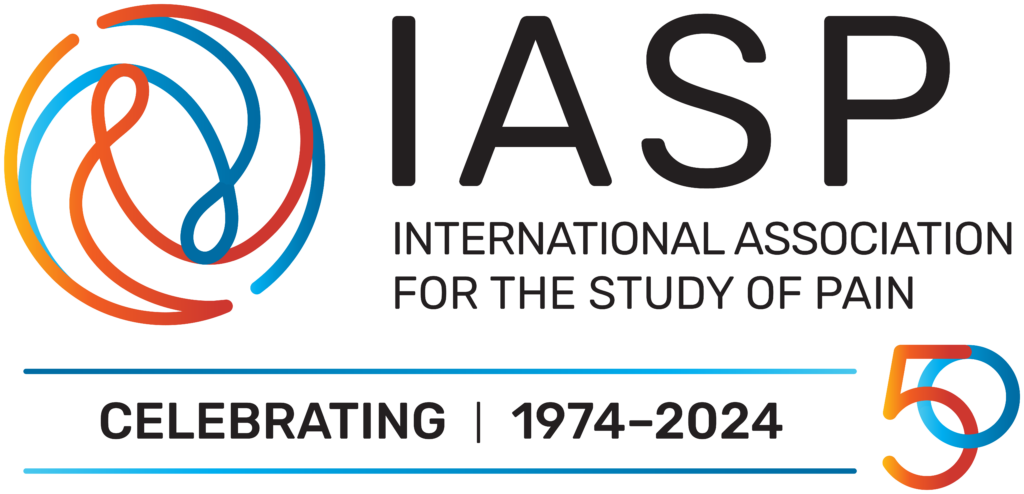1973 - 1979
1973
International Symposium on Pain - Issaquah
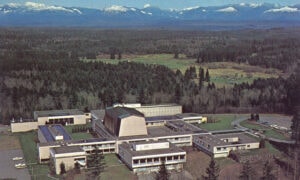
Providence Heights Conference Center in Issaquah, a town about 20 miles east of Seattle, WA, USA, was the location chosen for a unique week-long meeting on pain. Although there had been a small number of symposia on pain in the preceding years, none had brought together clinicians and basic scientists. On the last day there was unanimous approval to start a journal dedicated to the field of pain and to start an international association to help support the journal and advance the study of pain and its treatment.
1974
IASP is incorporated
In 1974, shortly after the Issaquah meeting, a Council Pro Tem was established for the purpose of identifying a Board of Directors for the Articles of Incorporation. Members were John J. Bonica, MD; B. Raymond Fink, MD; John D. Loeser, MD; Harry D. Patton, PhD; Arthur A. Ward, Jr., MD; and Patrick D. Wall, DM. All were from the University of Washington except Dr. Wall. IASP was formally incorporated in Washington, DC, on May 9, 1974.
1975
First Issue of PAIN
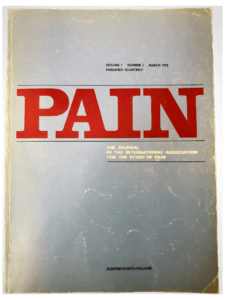
In 1973, before the Issaquah meeting, William Noordenbos, working in conjunction with John J. Bonica and Patrick D. Wall, made initial contact with a publisher who was enthusiastic about a journal dedicated to pain. The journal was to be published quarterly with 100 pages per issue, and the first issue was scheduled for March 1975. Patrick D. Wall was named Editor-in-Chief and oversaw original articles; John Bonica oversaw review articles; Ainsley Iggo oversaw abstracts; and William Noordenbos oversaw book reviews and bibliography.
1975
First World Congress on Pain - Florence
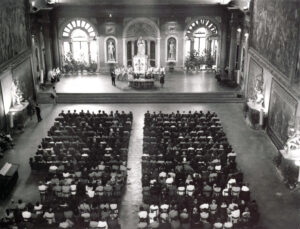
In 1975, the World Congress on Pain was the first time the members of IASP would gather as one group. There were 750 delegates, and 250 papers were presented as plenaries or slide presentations. Not big by today’s standards, but it was the largest meeting up to that time dedicated solely to the topic of pain.
1975
Formation of Chapters
In 1975, IASP began to see the formation of chapters, as provided for in the Articles of Incorporation and Bylaws, and several were approved at the First World Congress on Pain in Florence:
- Argentina
- Eastern Canada
- France
- German Speaking
- The Netherlands
- Northeastern USA
- Western USA.
Several chapters were in formation:
- Italy
- Japan
- Scandinavia
- Southern USA
In the United Kingdom, the Intractable Pain Society was already established before the formation of IASP and became the British and Irish Pain Society (later evolving into today’s British Pain Society and Irish Pain Society).
1975
First IASP Council
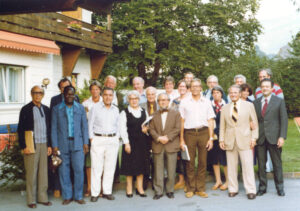
Nominations for officers and councilors had been solicited from the membership by mail, and ballots were circulated at the First General Assembly, collected, and counted. The results were announced at the Second General Assembly.
President: Denise Albe-Fessard, DSc, Physiology, France
President-Elect: John J. Bonica, MD, Anesthesiology, USA
Vice Presidents:
- Yojiro Kawamura, MD, DDS, Dentistry, Physiology, Japan
- Ronald Melzack, PhD, Psychology, Canada
- Fausto Molina, MD, Anesthesiology, Argentina
- William Noordenbos, MD, PhD, Neurosurgery, The Netherlands
- Paolo Procacci, MD, Internal Medicine, Italy
- Joseph O.A. Sodipo, FFARCS, Anesthesiology, Nigeria
- Sir Sydney Sunderland, MD, DSc, Neurology, Australia
Secretary: B. Raymond Fink, Anesthesiology, MD, USA
Treasurer: Louisa E. Jones, BS, USA
Council:
- Aaron Y. Beller, MD, Neurosurgery, Israel
- Jean-Marie Besson, DSc, Pharmacology, France
- Ronald Dubner, DDS, Neuroscience, USA
- Dieter Gross, MD, Neurology, Germany
- Ainsley Iggo, PhD, DSc, Physiology, United Kingdom
- Jean Lassner, MD, Anesthesiology, France
- John C. Liebeskind, PhD, Psychology, USA
- Ulf Lindblom, MD, Neurology, Sweden
- John D. Loeser, MD, Neurosurgery, USA
- William R. Mehler, PhD, Neuroscience, USA
- Carlo A. Pagni, MD, Neurosurgery, Italy
- Richard A. Sternbach, PhD, Psychology, USA
- Ladislav Vyklicky, MD, DSc, Physiology, Czechoslovakia
- Hideo Yamamura, MD, Anesthesiology, Japan
1976
First Official IASP Logo
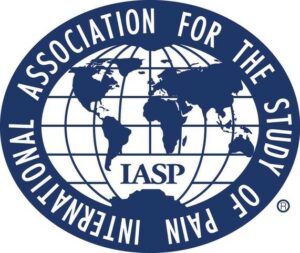
IASP initially adopted the outlined globe logo familiar to many members but intended it to be temporary. In 1976, via the IASP Newsletter, members were invited to submit logo ideas. Several designs were submitted, but the committee ultimately rejected them as being too specific to a culture, country, or region for an international society. Submissions included ideas such as Androcles and the Lion, a lotus blossom, and Laocoön with his sons. So, IASP continued with the familiar globe. The original logo was replaced in 2009 with a stylized globe.
1978
Second World Congress on Pain - Montreal
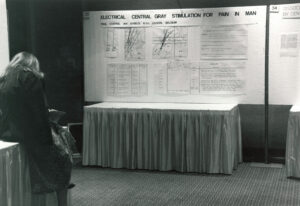
In 1978, the World Congress on Pain was held in Montreal, Canada, and more than 1,000 delegates attended. Poster sessions were included for the first time at Congress. At this time, poster sessions were largely a North American phenomenon; Europeans and others were more accustomed to short slide presentations.
1978
First IASP Honorary Members
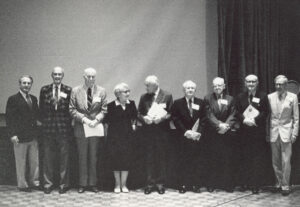
In 1978, one of the highlights of the Second World Congress on Pain was the presentation of hand-cast bronze medallions to the first group of IASP Honorary Members:
- F.A.D. Alexander
- Derek Denny-Brown
- James D. Hardy
- Cyril A. Keele
- Zednek Kunc
- James C. White
- V. Chernogovsky
- Ernest Hilgard
- Janos Szentagothai
- Ugo Teodori
- Yngve Zotterman
There was a moment of silence for Lord Adrian and Henry K. Beecher, Honorary Members who had passed away prior to the 1978 Congress.
1978
First definition of pain published in PAIN
In 1978, the Subcommittee on Taxonomy, chaired by Harold Merskey, completed a list of definitions of certain pain-related terms which would be published in PAIN (1979;6:249–52) as “Pain Terms: A List with Definitions and Notes on Usage,” subtitled “The First Step Towards Codifying the Terminology of the Study and Treatment of Pain.” The Committee was also beginning to tackle the classification of pain syndromes, noting a difficult job but not an impossible one. The development and implementation of a universally accepted taxonomy on pain was considered one of the most urgent and most important objectives of IASP, bearing in mind that adoption of a classification does not mean that it is “cast in concrete” but that it can be modified as new information becomes available.


